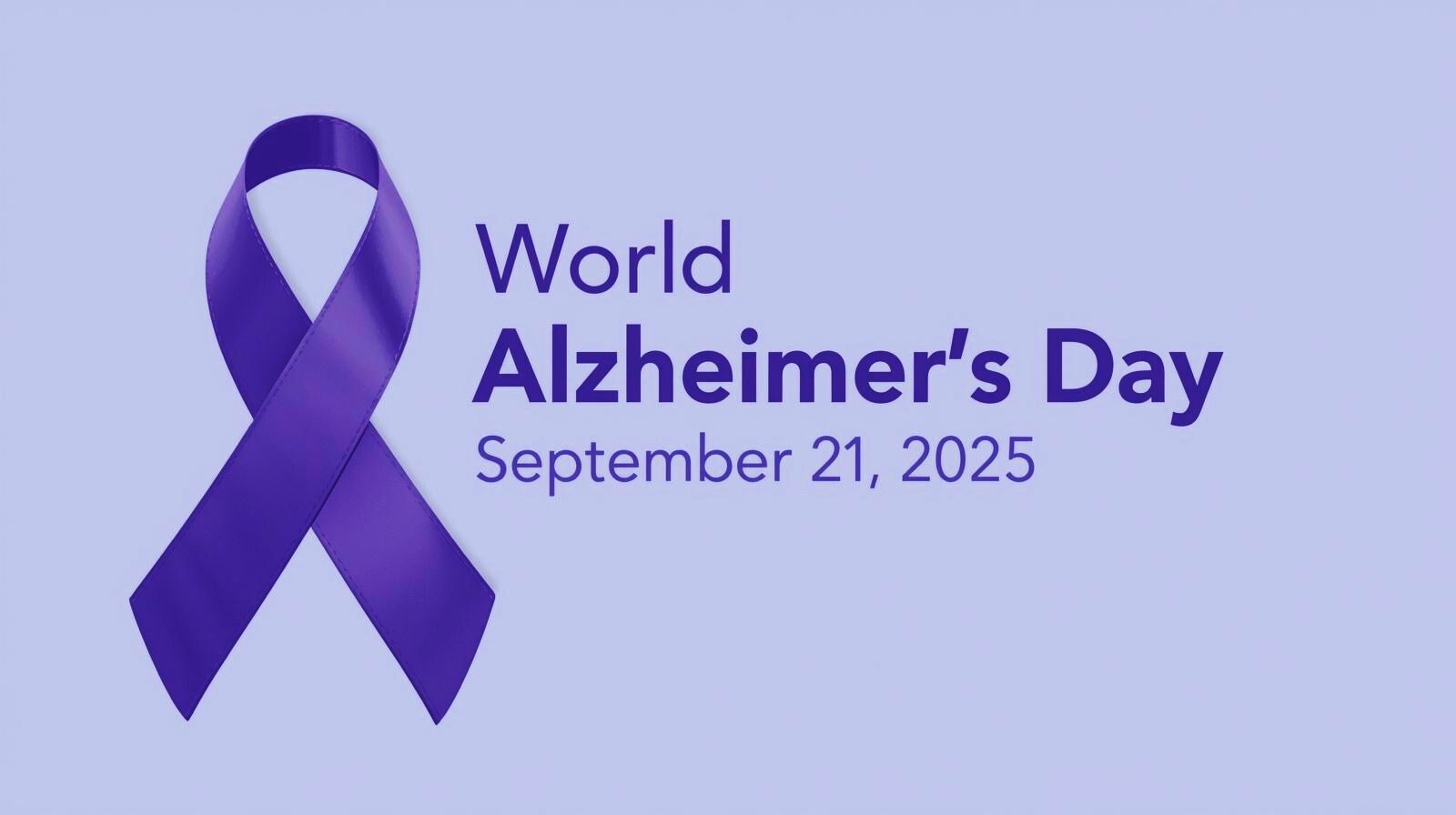Senescent cells - how to fight the zombie cells that accelerate aging

You’ve likely heard of senescent cells; the notorious, non-functioning 'zombie cells' that accumulate with age and are resistant to normal cell death mechanisms. Although they were discovered more than 50 years ago, researchers have only recently begun to recognise them as crucial components of the aging process that may hold the key to preventing disease and extending lifespan.
In this blog, we’ll look at what senescent cells are, how they impact health and aging, and how you can clear them away to extend your life.
What are senescent cells?
Over time, our cells lose their ability to divide and function as they normally should. When this happens, these cells are usually cleared away through a process of programmed cell death called apoptosis. However, some cells are resistant to this process and instead endure well beyond their useful lifespan, entering a state known as senescence. These senescent cells remain in the body indefinitely; non-functional but resistant to death - hence why they are referred to as zombie cells.
As we age, senescent cells accumulate throughout the body, from the brain to the liver to the heart to the lungs. They don’t just sit there and take up space either. Instead, they release a potent mix of proteins and factors that attract immune cells, generate high levels of inflammation, and can even cause other cells around them to become senescent. This process actually has a beneficial role, as it can prevent cancers forming and encourages the body to clear away damaged cells, making room for healthy tissue. However, evidence is now showing that later in life, as the immune system loses its effectiveness, senescent cells become harmful and may exacerbate the worst effects of aging.
How do senescent cells impact health and aging?
Although senescent cells were first described in 1961, [1] we have only recently begun to understand the damage they do, particularly in regard to the aging process. The first hint came in the early 2000s, when researchers found that deleting a gene in mice caused them to age at a drastically faster rate, with severe muscle deterioration, loss of fur, cataracts and a more than 50% decrease in lifespan. [2] Further investigations revealed that these mice were riddled with senescent cells, and later studies found that clearing senescent cells could significantly improve healthspan. [3]
When researchers started looking more closely at senescent cells in humans, they found that not only did they increase in number with age, but their presence made it more likely for age-related diseases to develop. Senescent cells, and the increased inflammation they cause, have since been implicated in the development of cancer, Alzheimer’s disease, diabetes, atherosclerosis, heart disease, osteoporosis and a host of other conditions. [4, 5]
Fighting senescent cells with senolytics
The most effective way to clear senescent cells is with longevity molecules called senolytics. Middle-aged mice given a combination of dasatinib and quercetin - two powerful senolytics - live on average 36% longer than their untreated peers. [6] Recent studies in humans have shown that the same combination can help treat idiopathic pulmonary fibrosis (a progressive lung disease) and diabetic kidney disease. [7, 8]
While dasatinib is a strong synthetic pharmaceutical that is now used to treat a range of cancers, quercetin is a naturally occurring flavonoid found in low amounts across many fruits and vegetables, suggesting it is well-tolerated by humans. Studies in rheumatoid arthritis and non-alcoholic fatty liver disease patients also found that several months of quercetin supplementation was safe and improved disease symptoms. [9, 10]
While quercetin supplements seem promising, at Zest we are more excited by fisetin, a very similar flavonoid, also found in many fruits and vegetables. There have been fewer human trials investigating fisetin than quercetin, but research has shown that fisetin has 10x stronger senolytic properties than quercetin [11] and appears to be particularly effective at preventing and fighting cancer. [12]
You can find fisetin in all of our Zest supplement packs. It’s important to note that most senolytics are hydrophobic, meaning they don’t mix with water and must be taken with food in order to be properly absorbed, which is why we split our supplements into fat-soluble (including fisetin and other hydrophobic compounds) and water-soluble doses.
Other ways to zap senescent cells
One of the main reasons why scientists suspect senescent cells are so intrinsically linked to the aging process is that most lifestyle choices that we know to be healthy can help prevent their accumulation. For example, regular exercise, healthy sleep patterns, and eating a high-protein, low-sugar and low-fat diet have all been linked to lower amounts of senescent cells. [13]
Fasting appears to be particularly effective at clearing senescent cells. In animal studies, caloric restriction decreases the number of senescent cells and consistently extends lifespan, and more recent research in humans has suggested that fasting can prevent the build up of senescent cells in the intestine. [14]
At the more speculative end of the spectrum, many biotech companies are focusing on senescent cells as a way to significantly slow down or even reverse the aging process. UK-based Senisca, for example, is developing a technique that uses mRNA to rejuvenate senescent cells and induce them to become functional again. Other companies are using gene therapy, modified immune system cells and other cutting edge approaches to target senescent cells, with many backing it as our best chance of achieving truly game changing lifespan extension.






